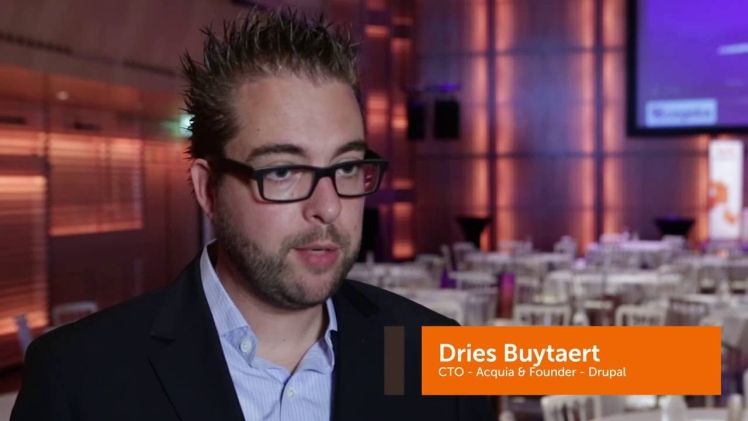The word “drupal” has a lot of connotations when used in the context of website development. It’s commonly associated with internet memes and book titles, but other uses have been much more limited. The Drupal project is an open-source content management system (CMS) that can be used for developing websites, applications, and games. In this blog post, we’ll explore the variety of uses of drupal and its impact on online communication.
What is Drupal?
Drupal is a content management system that can be used for building websites, designing or building applications, or creating games. As its name suggests, drupal is a blogging tool used to publish web content. Drupal Entertains by Its Simple yetdelicious design. – Jeffrees Sierra, co-founder of WordPress
How Does drupal Help Build Websites?
Drupal helps build websites by facilitating the publishing of content and the creation of websites that include it. It also acts as a content management system for websites, making it easy for developers to add new content, update their existing content, and remove old content. Although it’s often associated with content marketing, drupal can also be used for general website design and building. This can include creating a blog, website, or even an app.
Marketing and Advertising with Drupal
When people are looking for ways to engage with a company or brand, they may use marketing campaigns or advertisements to get the word out about the company. These can be articles, videos, or images. Drupal allows for easy implementation of these types of ads, making it completely invisible to the user. The ads are typically visible only to the people who made an offer to the company and who accepted it. These types of ads are visible only to people who are actively using the website, and they don’t carry with them any unwantedness or bad publicity for the company.
Development with drupal
Drupal is a great platform for building applications. The process of building an application starts with the construction of a web application. This starts with a web server that houses the code, data, and applications. Next, the web application is loaded into the cloud and is accessible to the public by way of a web browser. From there, the application is managed with a managing application component. This component interacts with the rest of the application through the use of tenants, a term that describes the component and the application it manages. The managing application component consists of the following components: Application – This component manages the functionality and the user-interfaces associated with the application. It manages data such as the path and data type of requests, the data length for requests, and the number of requests for the given resource. Tenants – This component manages the tenants associated with the application. It manages the endpoint requests, the resource availability, and the resource versioning. Resource Availability Manager – This component manages the resource availability for the application and its tenants. It provides the following functions: Provides an overview of the resource availability for the application. Maintains the state of the resources associated with the application. Cleans the cache and makes sure the requested content is located in the correct place in the request. The managing application component can also be referred to as the application server.
Content Marketing with drupal
Many companies are starting to adopt social media marketing strategies. This type of marketing strategy uses public posts or comments on popular websites, most commonly related to the company or products it offers. For example, a company might host a series of public posts related to the company on their website in order to engage their target audience. In this case, the managing application component of the drupal website would be the post manager. The posting and managing of content can be made easier with the addition of a social media manager. This component allows the manager to manage multiple social media accounts and facilitates the posting of content to each of these accounts.
Conclusion
Drupal is a great platform for building websites, applications, and games. The platform helps build websites that accept user data, develop applications that accept user data, and store data. Depending on the type of website you want to build, the process can vary from simple blogging on a website’s home page to complex business processes on the site’s main page. With a simple website, you can build an app or create a series of posts that connect the site to your social media. With a complex website, you may want to integrate other tools or destinations for content creators such as TikTok, which is used by millions of people each month. You can learn more about building websites and apps with drupal at drupal.org and learn about how to use social media management with drupal at social media manager.

